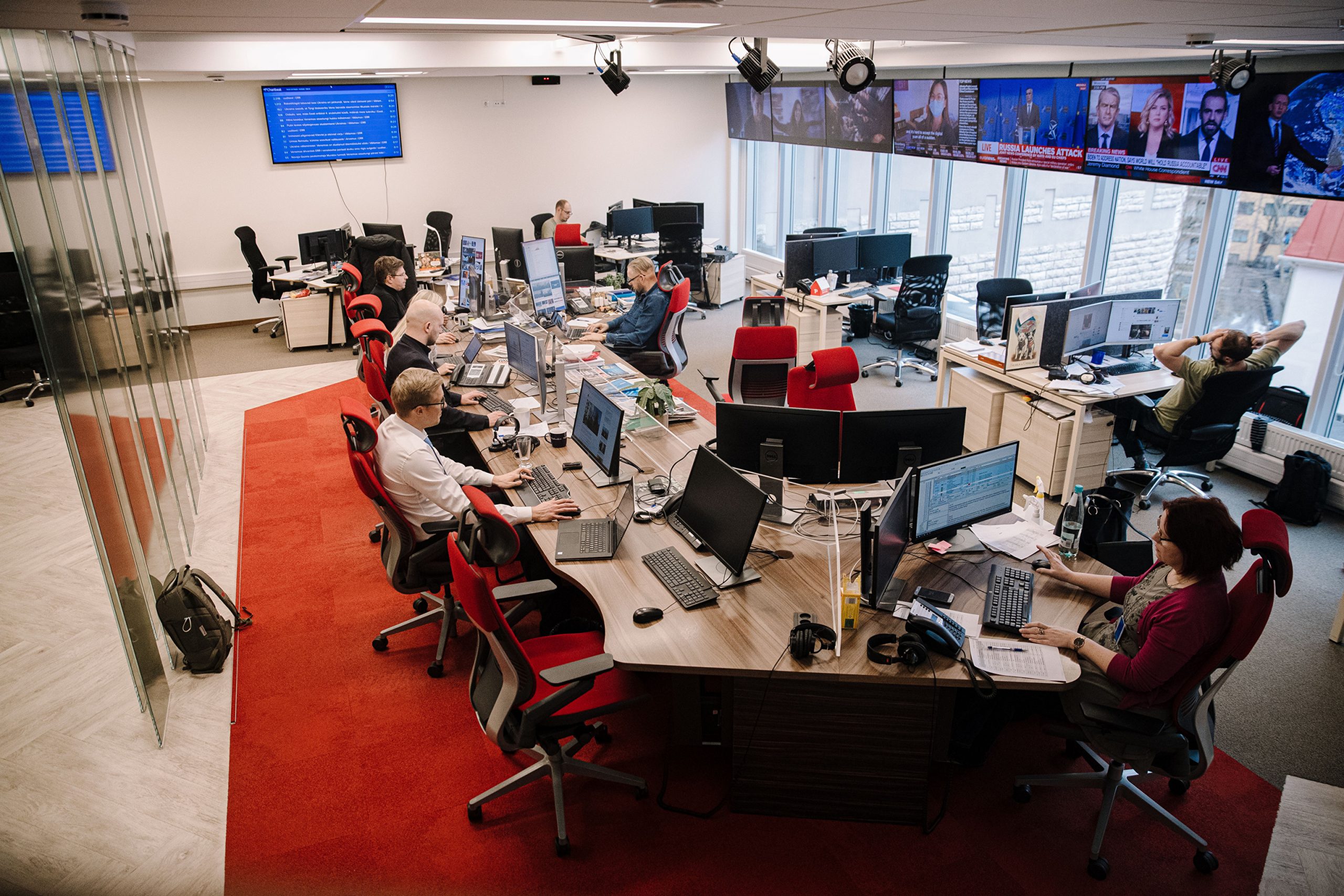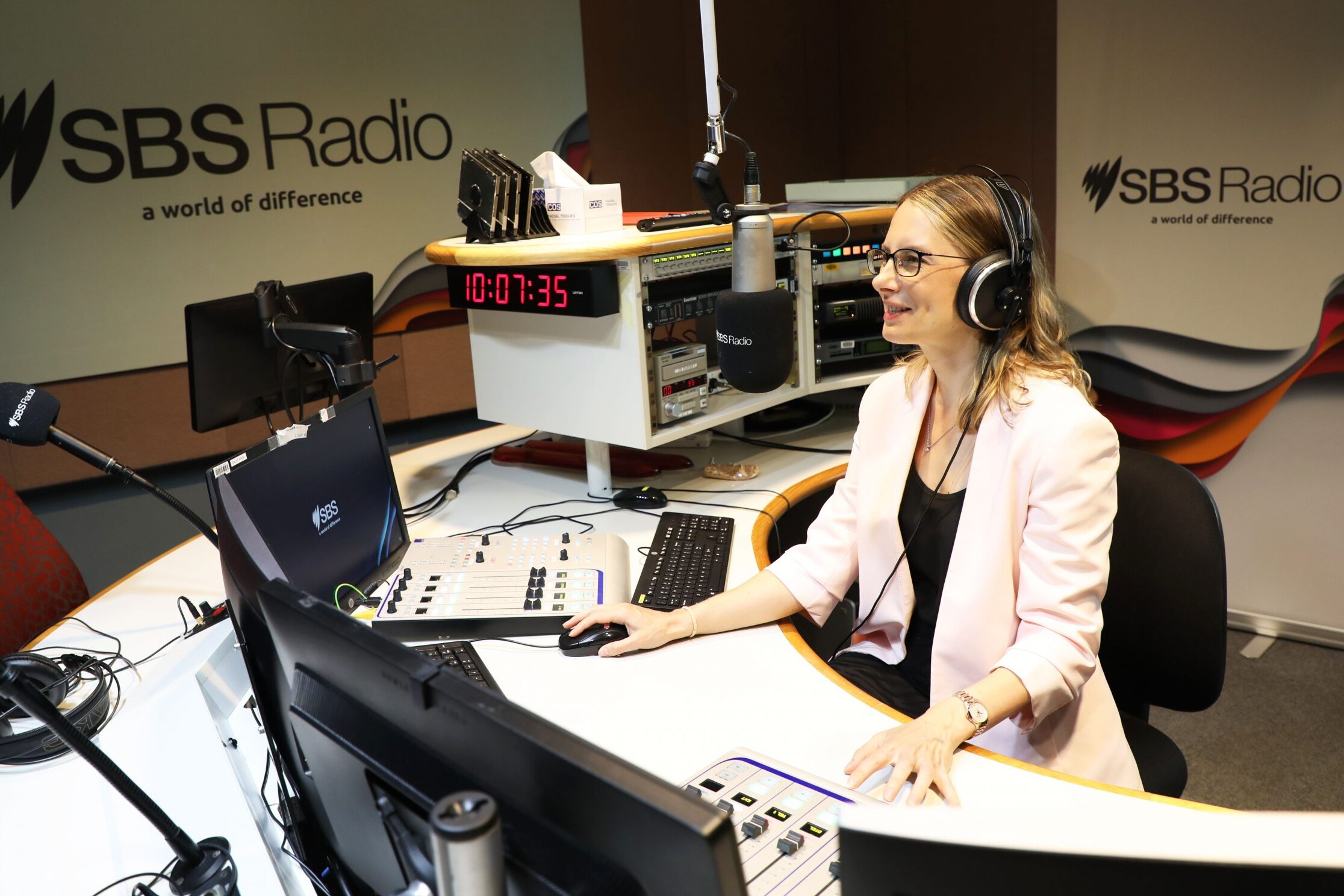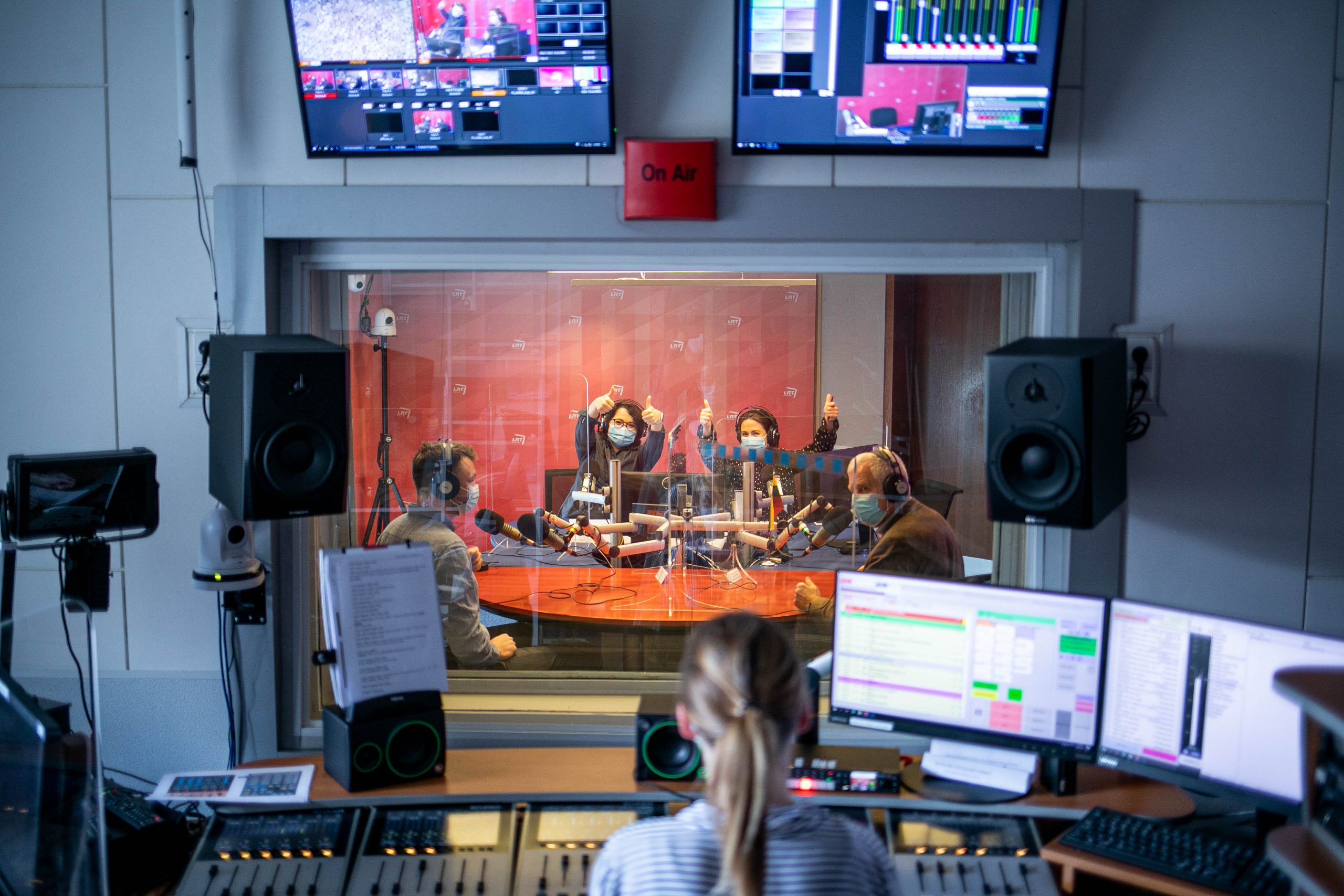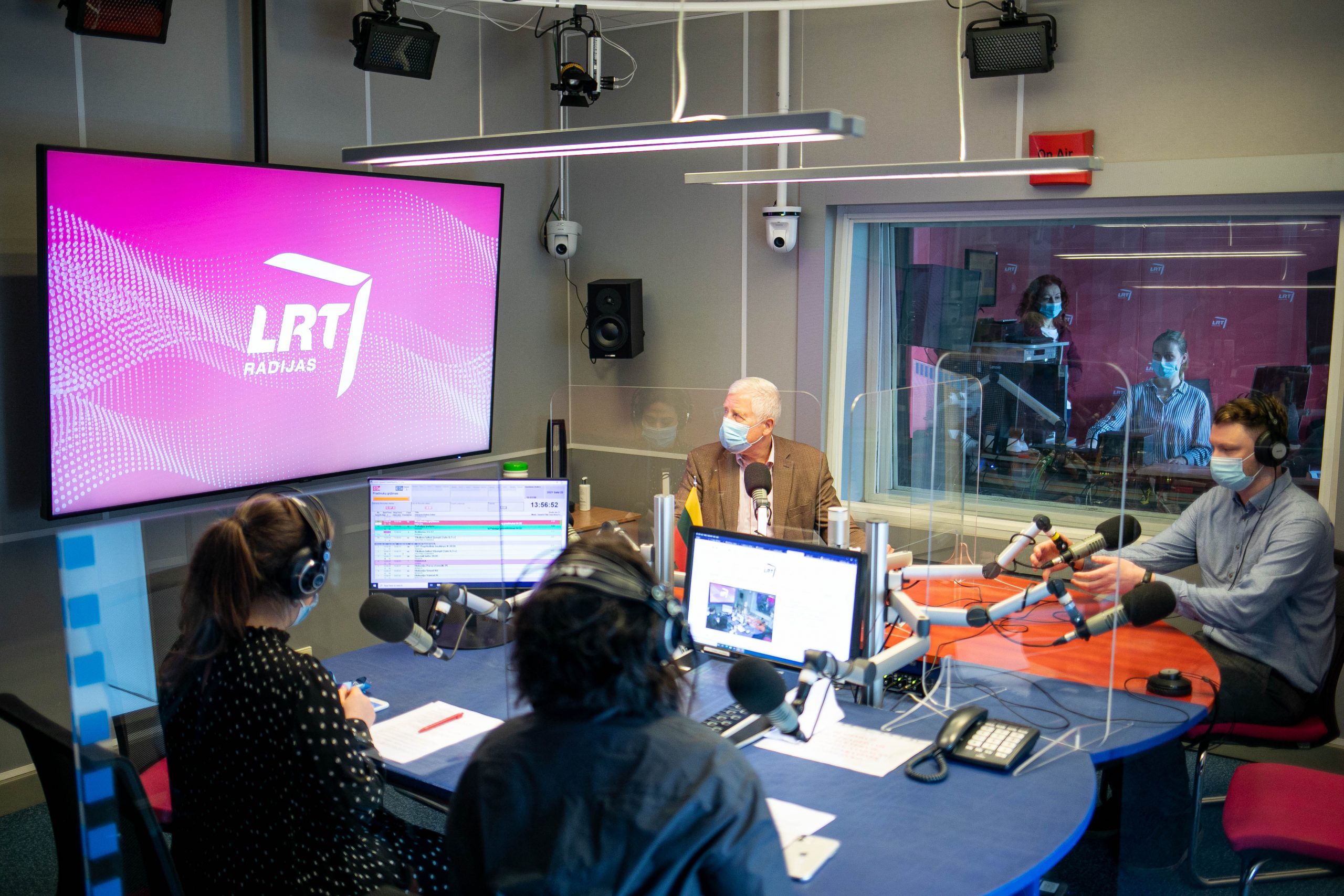INSIGHT
How can public media heal divisions in society?
6th July 2022
These days, challenges – one after another – leave deep prints in society. Lithuania is not an exception. Covid-19, the crisis of migrants, the Russian war against Ukraine – what will be next?
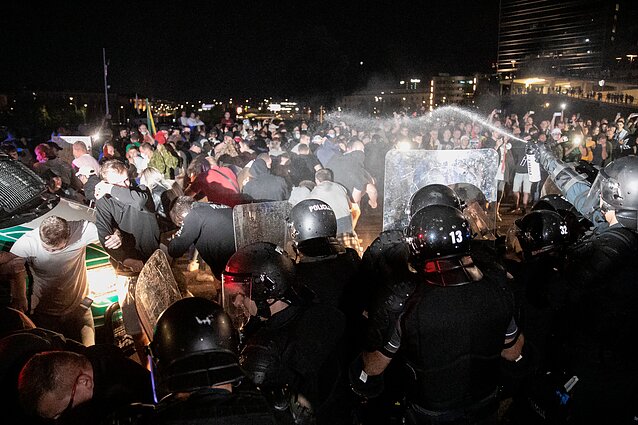
By Dovilė Javinskaitė, Head of LRT RADIO Newsroom
Covid-19 hit not only health and education systems. One of the biggest harms was the division of society between those who were pro, and those who were anti the vaccine, which was not limited to Facebook posts and fights on social media, but caused real riots near Lithuania’s Parliament. Opinions about what to do with a hybrid war – migrants from the Belarus border – divided our society too.
These social tensions are exacerbated by political extremists and populists who divide society and spur anti-media sentiment. People who escalate the problems feel they are marginalised, so they turn to alternative sources of information that support their beliefs. Did we, mass media, faily in cases like these?
During the pandemic, journalists started to ask these questions: how do we reflect all opinions, but do not make them equal? How to be a filter of information rather than a megaphone to all opinions? And most importantly – how to achieve that balance so that one side doesn’t feel misheard, but so you don’t ignore the facts, and don’t cause people to trust in media and government less? I admit, the public broadcasters have to respond to the needs of diverse groups and communities, to listen and reflect diverse views. But also, they have to find a healthy balance.
Read more: LRT RADIO: Reducing the COVID confusion
In my opinion, mass media is partially responsible for the division of the society because journalists don’t always find a balance between diversity of opinions and don’t often pay enough attention to the marginalised. But the government is responsible for the education system, which can educate about the critical thinking on how to recognize the propaganda and fake news. It should be taught in all countries from a very early age. In Lithuania, media literacy is not strong enough. According to international sources, Lithuanians can recognize propaganda, but they also rarely check the sources of information.
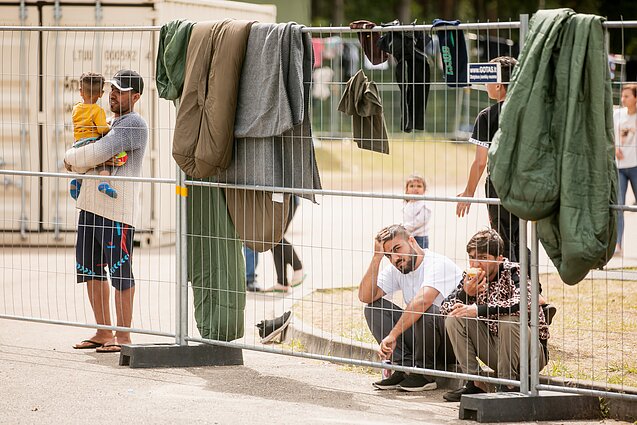
All of this means that the media has lost its monopoly on the truth. People trust in social media and if they show interest in a propaganda message, or spend more time reading and reacting to it, algorithms immerse them to more propaganda content. Social bubbles created by disappointed and isolated parts of the society creates division between all the members of it. As a result, the freedom of speech is becoming increasingly vulnerable, and so are our democracies.
Public broadcasters have to respond to the needs of diverse groups and communities, to listen and reflect diverse views. But also, they have to find a healthy balance.
After such a big division during the pandemic, the brutality of the Ukraine war reminded Lithuanians of the historical traumas of our own. Society became unified. The best example to support this statement is the charitable donations for “Bayraktar” when 5 million euros were gathered in a period of a few days. Also, you can see as many Lithuanian and Ukrainian flags in every street like never before.
We should not be relaxed, but raise the question: is there any threat in a fact that one side would feel ignored by the press about their perspective on the war? For instance, LRT RADIO newsroom does not even try to take an interview from Lavrov, Putin, or Lukashenko. Their interviews would be obvious propaganda. But how can we guarantee that audiences won’t search for it on the biggest propaganda channels on their own? Wouldn’t it be more harmful to find this information without a proper context?
Here are some lessons LRT did learn from the division of society:
- LRT does not incite fear or panic by informing about sensitive topics even if it guarantees more attention.
- Our newsrooms’ editors know well: if we reflect non-fact-based group of people, the other side would write an angry emails and call us. But if we don’t – we will lose the other side (protest attitude) forever – we will push them away to propaganda without any possibility to provide them with facts.
- LRT has strengthened fact-checking and media literacy projects in TV, website and on the radio.
- The LRT project, LRT HEARS, was launched to give viewers the opportunity to interact with journalists and give visibility to the various social issues they face.
- LRT RADIO allowed people to call during the shows more often than before. They can ask questions to the experts by themselves.
- LRT RADIO initiated multilingual discussions in Lithuanian, Polish and Russian languages so national minorities could receive information easily.
- LRT website started to publish more content in Russian and started writing articles in Polish too.
- LRT RADIO started to create short podcasts for propaganda deconstructions in Russian and Polish languages.
- All LRT medias started to create more current affairs shows in small Lithuania’s districts.
- LRT is putting more efforts to be in more social networks with real journalism.
Hopefully, these lessons and tips could protect other societies during these tough times.
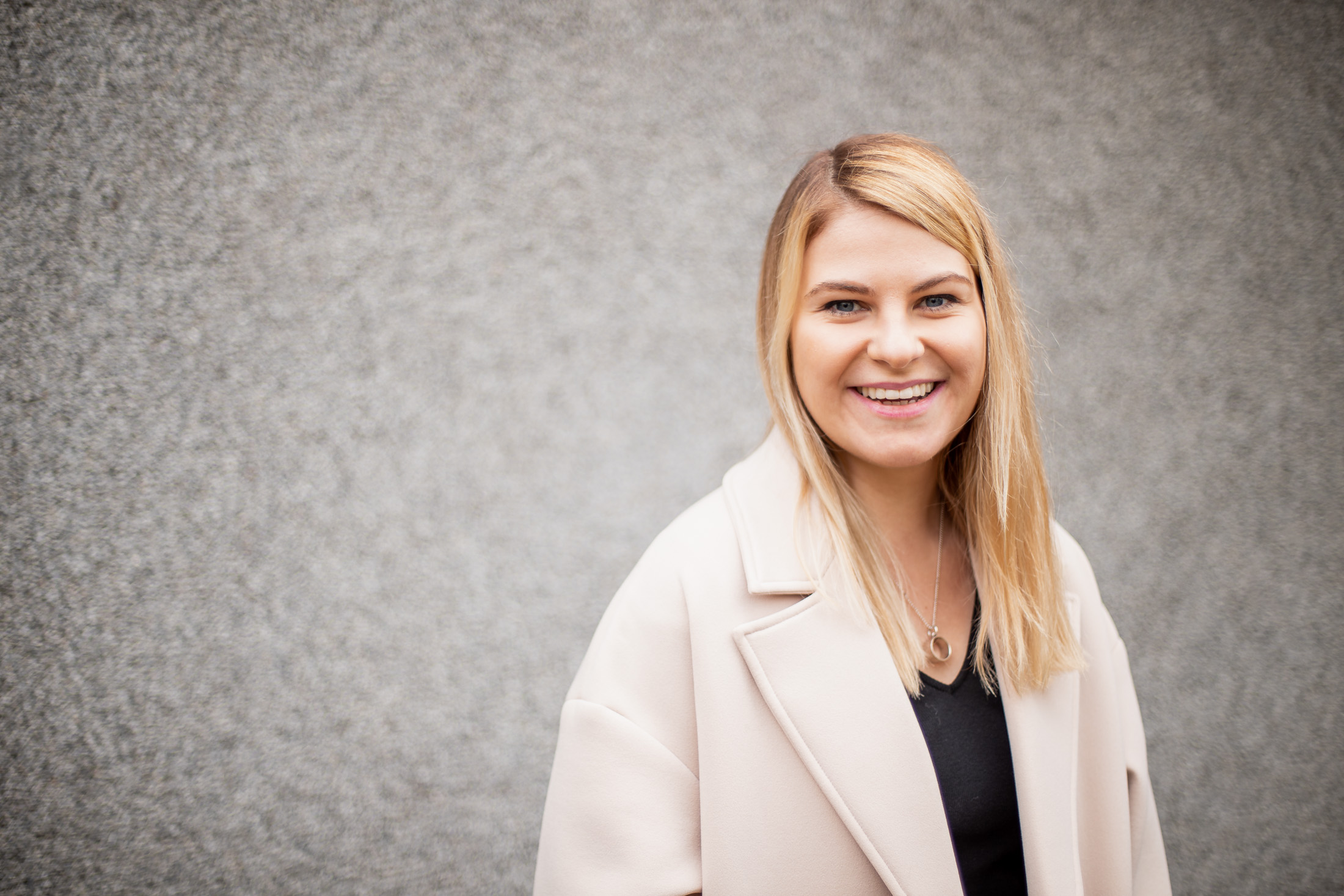
About the author
Dovilė Javinskaitė is the head of LRT RADIO Newsroom.
Related Posts
19th May 2022
“Online is first”: how ERR uses the digital sphere to become a market leader
Erik Roose, the ERR Board Chair, argues…
